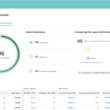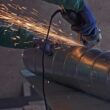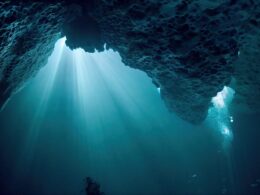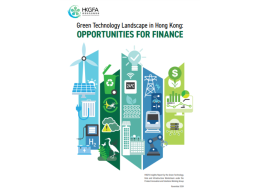Texas A&M University is leading a $26 million decarbonisation initiative to revolutionise US manufacturing toward zero or negative emissions. This major effort, funded by the National Science Foundation (NSF), is part of the Carbon Utilisation Redesign for Biomanufacturing-Empowered Decarbonisation (CURB) Engineering Research Centre (ERC), led by Washington University in St. Louis. The project aims to convert carbon dioxide emissions into valuable products, advancing the concept of a circular carbon economy.
Texas A&M collaborates with the University of Delaware, Prairie View A&M University, and Washington University as co-leaders in this initiative. Drawing on its expertise in engineering, energy systems, and life sciences, Texas A&M will focus on developing technologies that transform CO2 into products like biofertilisers, chemicals, and eco-friendly materials.
Dr. Stratos Pistikopoulos, director of the Texas A&M Energy Institute, stressed the importance of the project and said, “Transforming CO2 from waste to useful products in a cost-effective and sustainable manner remains one of the most critical challenges for the sustainable future of our power, chemical, and manufacturing systems in the energy transition era. The CURB technology aims to develop and deliver at-scale engineering solutions which will create a viable carbon circular economy.”
The innovative technology is developed by Dr. Susie Dai, associate professor of plant pathology and microbiology at Texas A&M and co-principal investigator of CURB. Her lab has integrated carbon dioxide reduction with biological conversion, enabling the advancement of a circular carbon bioeconomy. “We have designed a new system with great potential to add value to CO2. The new design can address sustainability challenges and transform the future design of carbon dioxide reduction. We have demonstrated the blueprint for ‘decarbonised biomanufacturing’ that could transform our manufacturing sector,” said Dr. Dai.
Texas A&M has filed a patent for this innovative process, which forms the foundation of CURB’s strategy. The university is also developing digital tools, known as “digital twins” to optimise CURB technologies, assessing the technical and economic viability of carbon bioeconomy routes. These tools will assess the technical, economic, and social feasibility of carbon bioeconomy routes, ensuring efficiency and scalability for real-world applications.
In addition to technological advancements, Texas A&M will play a vital role in workforce development and commercialisation. CURB aims to create new career pathways for workers to transition into hard-to-decarbonise industries like chemical production through biomanufacturing. The initiative is expected to generate economic growth, job creation, and sustainable solutions for US manufacturing. Funding for this research is administered by the Texas A&M Engineering Experiment Station (TEES), Texas A&M’s official research agency.





















